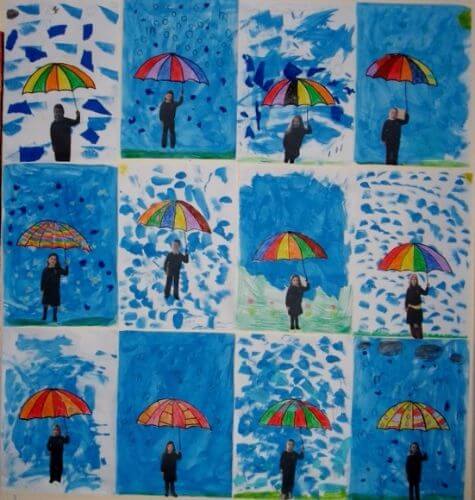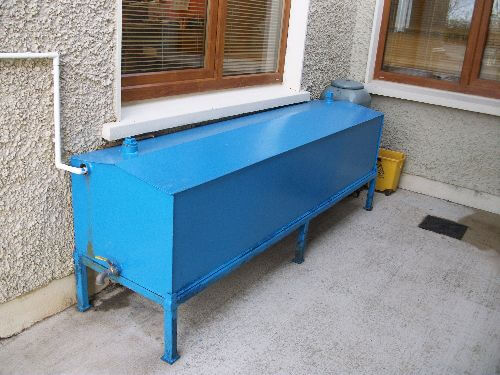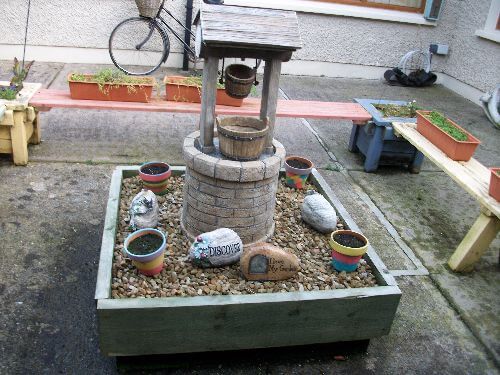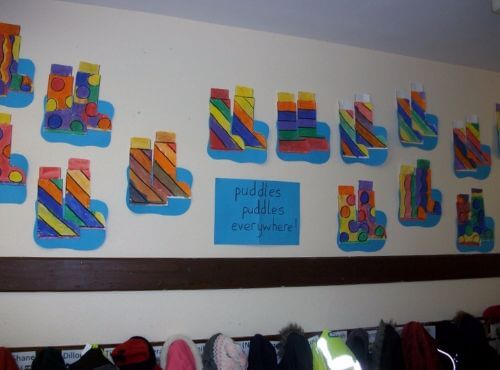The third theme in the Green Schools Programme is ‘Water’. We received this award in 2014. Ms. Lennon and Ms. Mc Caffrey traveled to Croke Park in June, along with two members of the Green Schools Committee, to receive this award. We were also runners-up for the best application to the programme. We were presented with a special trophy for our efforts.
Our green code for conserving water is: Do the world a favour, Be a water saver!
We held our Day of Action in February 2012.
We put a red X on all the electrical equipment that uses water and also on all taps and the larger toilet flush buttons. We used basins and our water butt for all our water needs. We took the water meter reading in the morning and in the afternoon and we only used 301 litres of water throughout the day compared to 736 litres on Wednesday of the previous week.
We all dressed in blue and some pupils made costumes based on the water theme.
Every class took part in experiments and we held an assembly in the GP room.
Our action day was a huge success and we had great fun!




